
Pectus Carinatum Orthosis Brace for Pigeon Chest Pectus Brace
It is believed to be caused by factors including abnormal growth and/or composition of cartilage and bones in the chest, as well as genetic conditions that cause abnormal bone and muscle development. The primary symptom is a forward protrusion of the chest.
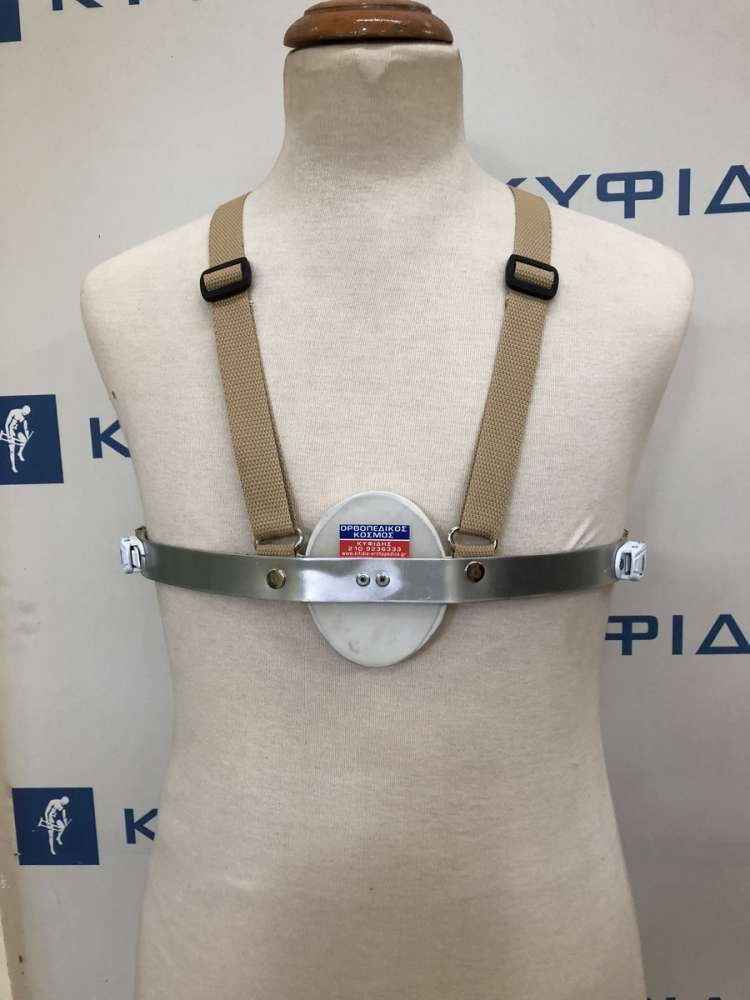
Kifidis Orthopedics Pectus Carinatum Brace Pigeon Chest 4.1.3 Skroutz.gr
Pectus carinatum (PC), commonly referred to as "pigeon chest," is a chest wall malformation in which the sternum and ribs push in an outward direction. It results from overgrowth of the cartilaginous portion of the ribs. Up to half of children with PC will also have some component of pectus excavatum.

Colete Pectus Press® MedExpress Ortopedia e Saúde ao Seu Alcance!
Synopsis. This clinical practice guideline serves as a collection of recommendations to assist pediatric surgeons and pediatricians in the evaluation and management of children with pectus carinatum. The recommendations resulted from an integration of a comprehensive systematic review of the medical literature and expert opinion regarding.

Pectus Carinatum Dinámico a Medida 3D.
Pectus Carinatum What is pectus carinatum? Pectus carinatum is a common pediatric problem where the rib cartilage has grown too much. This causes the breastbone (sternum) and rib cartilage to protrude (stick out). It is also known as pigeon chest. Some children have social and physical concerns about the look of the chest wall.

What Is Pectus Carinatum Brace causes the chestbone?
Pectus carinatum is a deformity of the chest wall. The cartilage between the ribs and the breastbone, or sternum, grows too much, causing the middle of the chest to point out. The protruding.
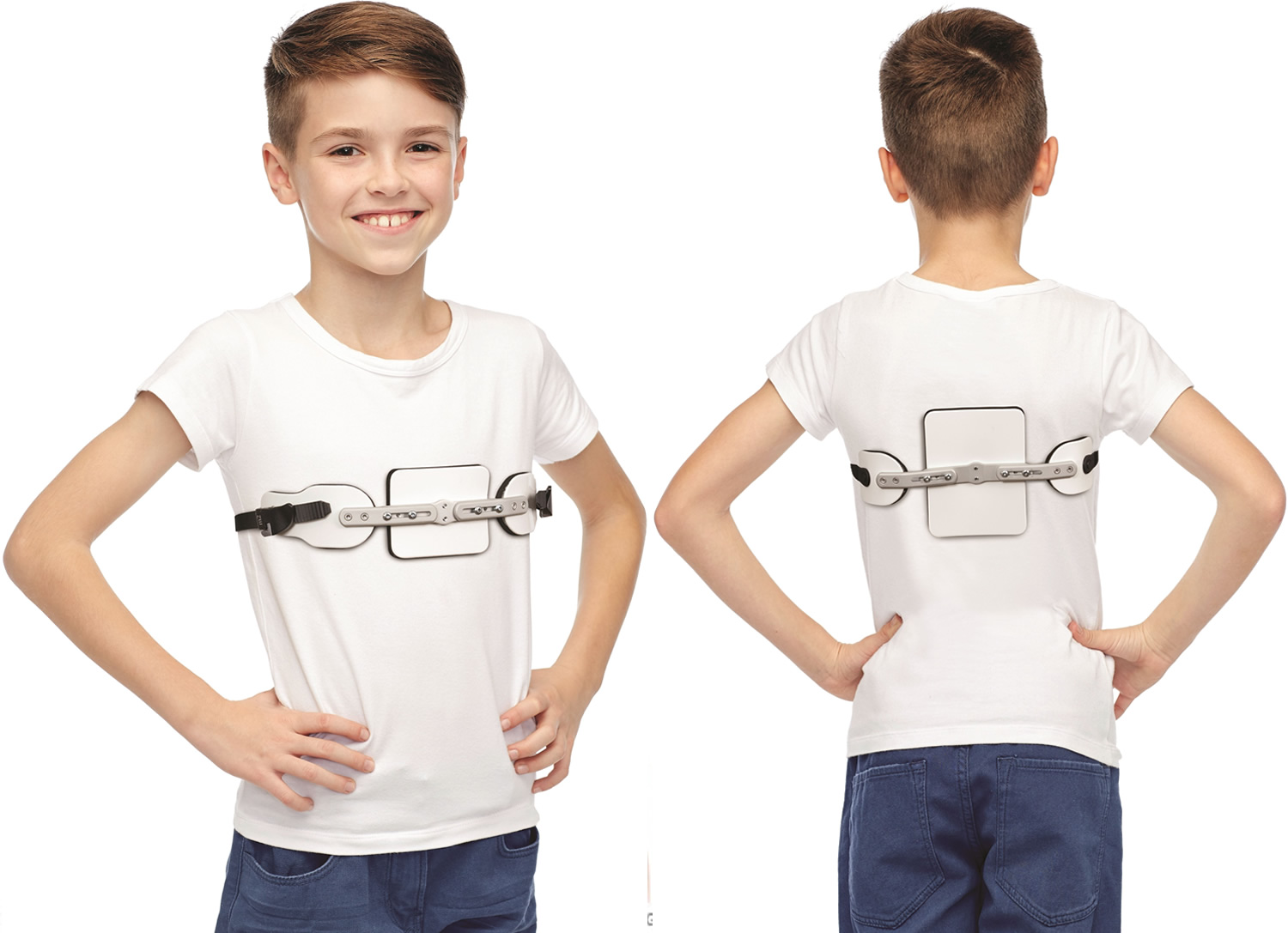
Pectus Carinatum Causes, Symptoms, Brace & Surgery Treatment
Pectus carinatum (pigeon chest) Pectus carinatum (PC, or pigeon chest) is a chest wall deformity where there is overgrowth of the cartilage between the ribs and the sternum (breastbone), causing the middle of the chest to stick out. PC is most common in adolescent males, and 90 per cent of cases are diagnosed after children are 11 years old.

Pectus carinatum tutore FCO Therapy
Pectus carinatum is a condition in which your sternum (breastbone) sticks out more than usual. Some people call it "pigeon chest" or "keel chest" because of how it makes your chest look. It's the opposite of pectus excavatum, in which your breastbone is depressed inward and gives your chest a sunken appearance. Types of pectus carinatum
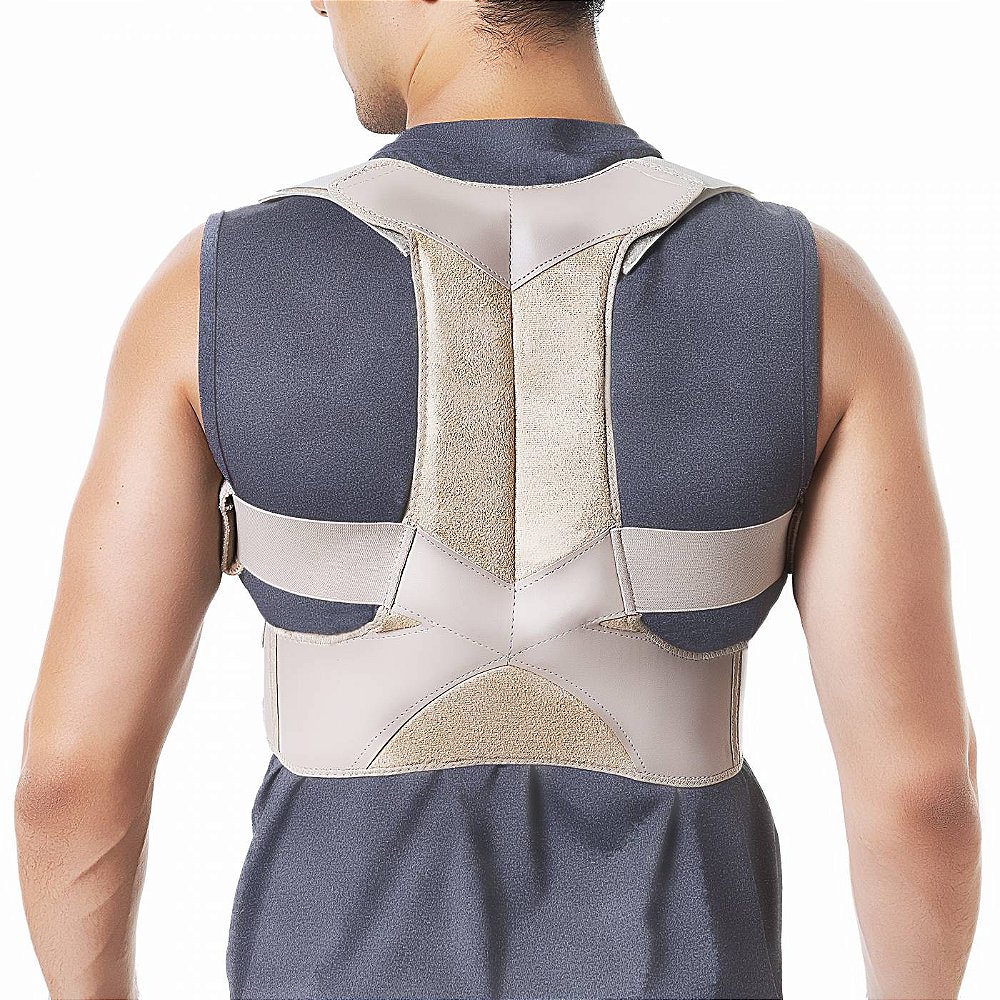
Colete Pectus Press® MedExpress Ortopedia e Saúde ao Seu Alcance!
Pectus carinatum (PC) is a chest deformity characterized by the excessive protrusion of the sternum and the adjacent costal cartilages. It is one of the most common chest wall deformities, with a reported prevalence of about 0.06%, second only to pectus excavatum [1, 2].At present, the minimal access procedure for the repair of PC [], first introduced in 2005 by Abramson, in which a steel bar.
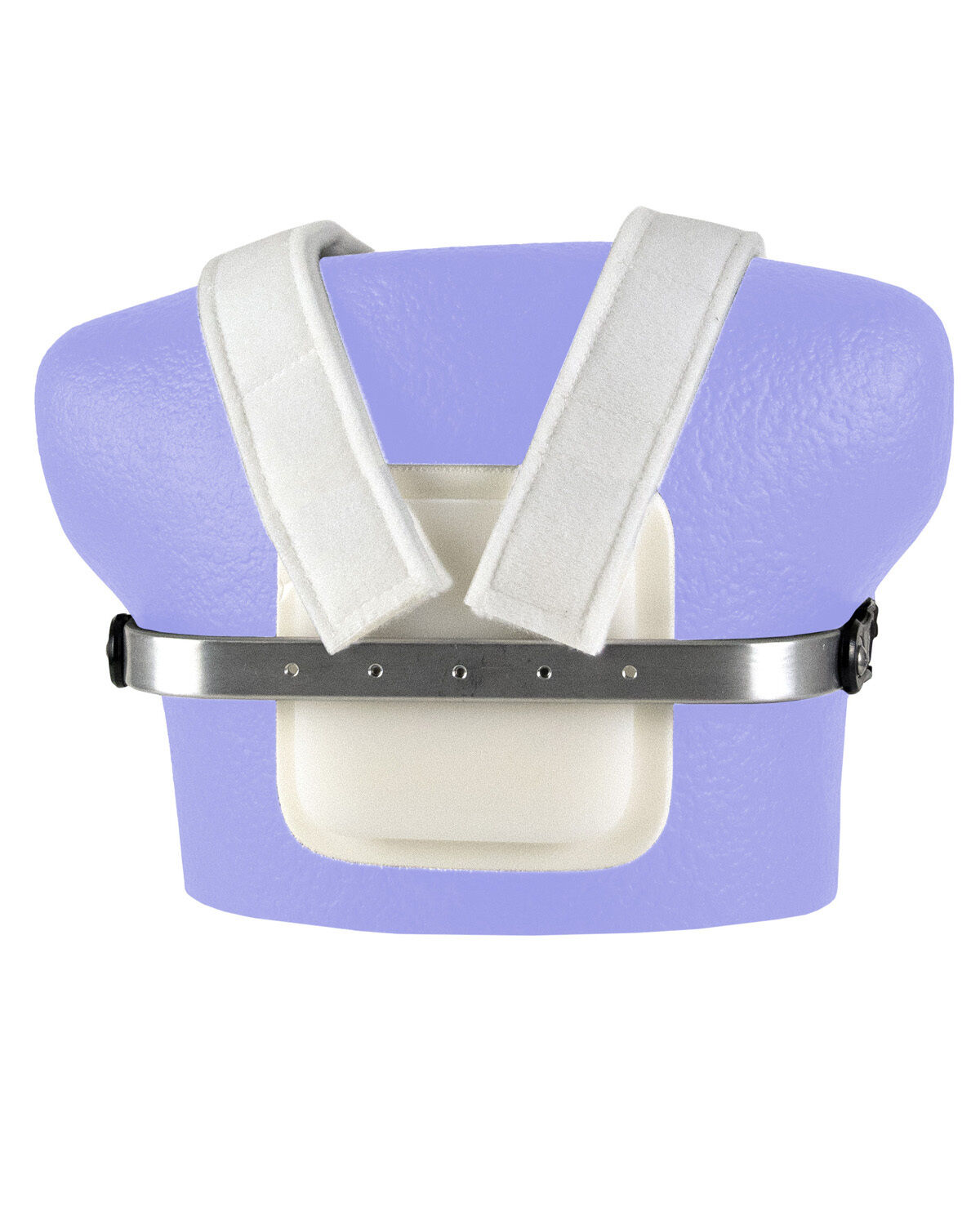
Spinal Technology Pectus Carinatum Orthosis
Pectus carinatum is considered the second-most common cause of thoracic malformations. Its reported incidence ranges from a fifth of that of pectus in some centres, to an equal incidence in others. [5, 6] It is more prevalent in males, at a ratio of 3 or 4 to 1. [5, 6] Aetiology may be primary or secondary.
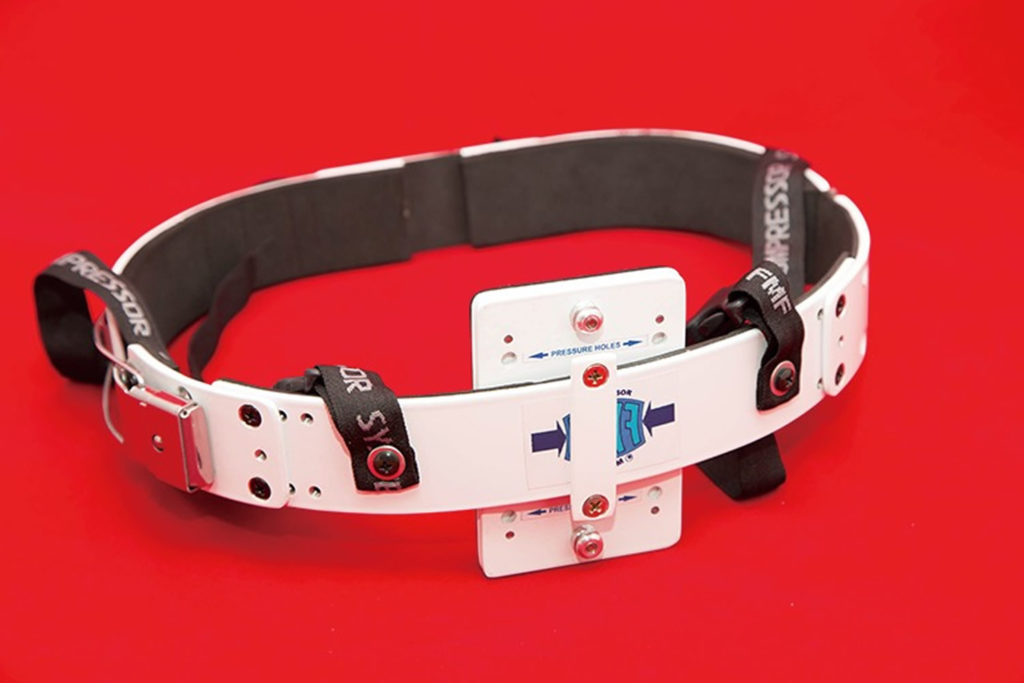
Pectus Carinatum Causes, Symptoms, Brace & Surgery Treatment
Pectus carinatum is often asymptomatic, meaning it doesn't have any noticeable symptoms. When symptoms do occur, they may include: chest pain. fatigue. frequent respiratory infections.

Pectus Carinatum Orthosis Wingmed Orthopedic Equipments
Pectus carinatum may occur alone or along with other genetic disorders or syndromes. The condition causes the sternum to protrude. There is a narrow depression along the sides of the chest. This gives the chest a bowed-out appearance similar to that of a pigeon. People with pectus carinatum generally develop a normal heart and lungs.

Pectus Carinatum e Excavatum Shopping Ortopédico Órteses e Próteses
Pectus carinatum is a deformity of the chest wall in which the breastbone and ribs are pushed outward. Pectus carinatum is sometimes called "pigeon breast" because of the birdlike appearance of the chest. The condition occurs in about 1 out of 1,000 children. Boys are more frequently affected that girls. Pectus carinatum often gets worse as.

Colete Pectus Press® by SalvaPé Issuu
As a leading provider for pectus care, our treatment program for pectus excavatum and pectus carinatum provides your child with the best possible outcomes. Our experienced pediatric chest wall experts use leading-edge pectus procedures focused on reducing recovery time. That way, your child will be back to doing what they love as soon as possible.

All About Pectus Carinatum Brace
Pectus carinatum occurs in at least one per 1,000 people. The condition is much more common in males than females and usually appears during puberty and early adolescence. In newborns, pectus carinatum may look like a rounded chest and then worsen at age two or three. People with pectus carinatum typically do not have symptoms.

Pectus Carinatum Orthosis Wingmed Orthopedic Equipments
Pectus carinatum (PC), or pigeon chest, is a congenital chest wall deformity with protrusion of the sternum because of overgrowth of rib cartilage [1]. The prevalence of PC in the general population is 0, 3-0, 7% and it is the second most common chest wall deformity in children after pectus excavatum [2,3]. Typically, the deformity develops in puberty, however it may present at younger age.
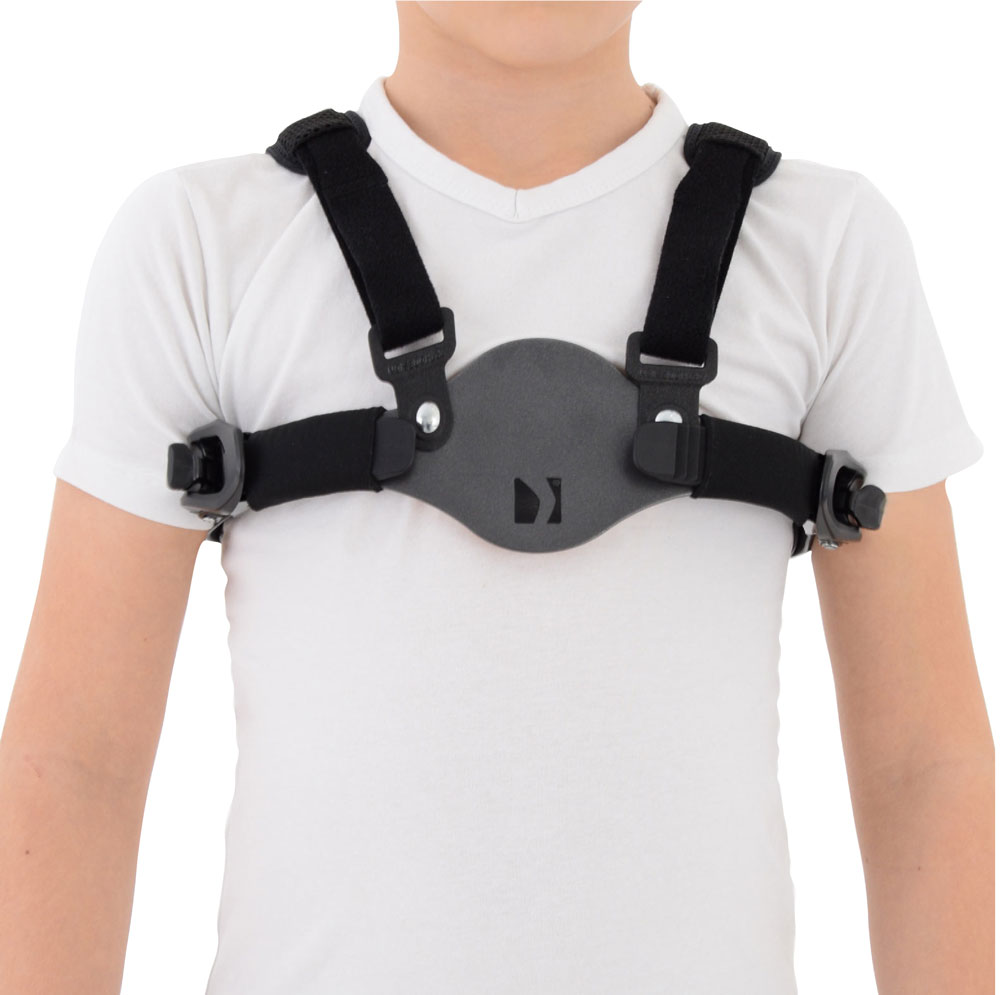
Carinatum Pectus Carinatum (PIGEON CHEST) Brace AMTX04 Kids
Pectus carinatum or "keel chest," like its sister condition pectus excavatum, is a congenital deformation of the anterior chest wall. The condition presents with an outward protrusion of the sternum or rib cage. [1]